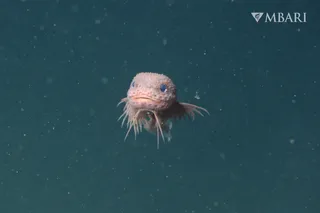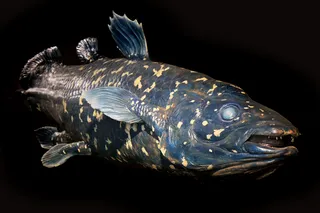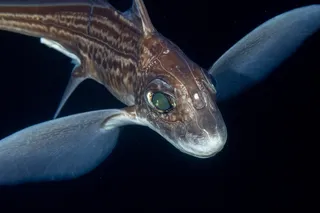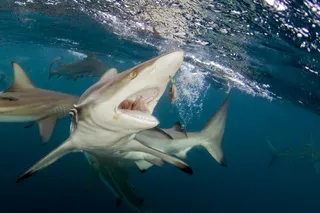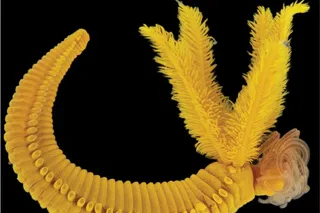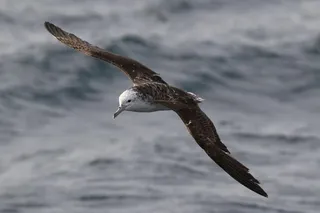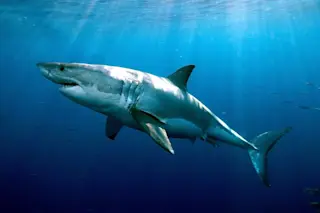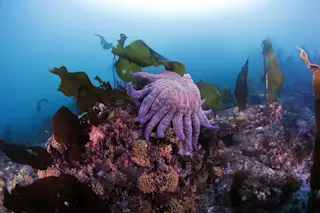Millions of years before humans invented sonar, bats and toothed whales had mastered the biological version of the same trick - echolocation. By timing the echoes of their calls, one group effortlessly flies through the darkest of skies and the other swims through the murkiest of waters. It's amazing enough that two such different groups of mammals should have evolved the same trick but that similarity isn't just skin deep.
The echolocation abilities of bats and whales, though different in their details, rely on the same changes to the same gene - Prestin. These changes have produced such similar proteins that if you drew a family tree based on their amino acid sequences, bats and toothed whales would end up in the same tight-knit group, to the exclusion of other bats and whales that don't use sonar.
This is one of the most dramatic examples yet of 'convergent evolution', where ...


